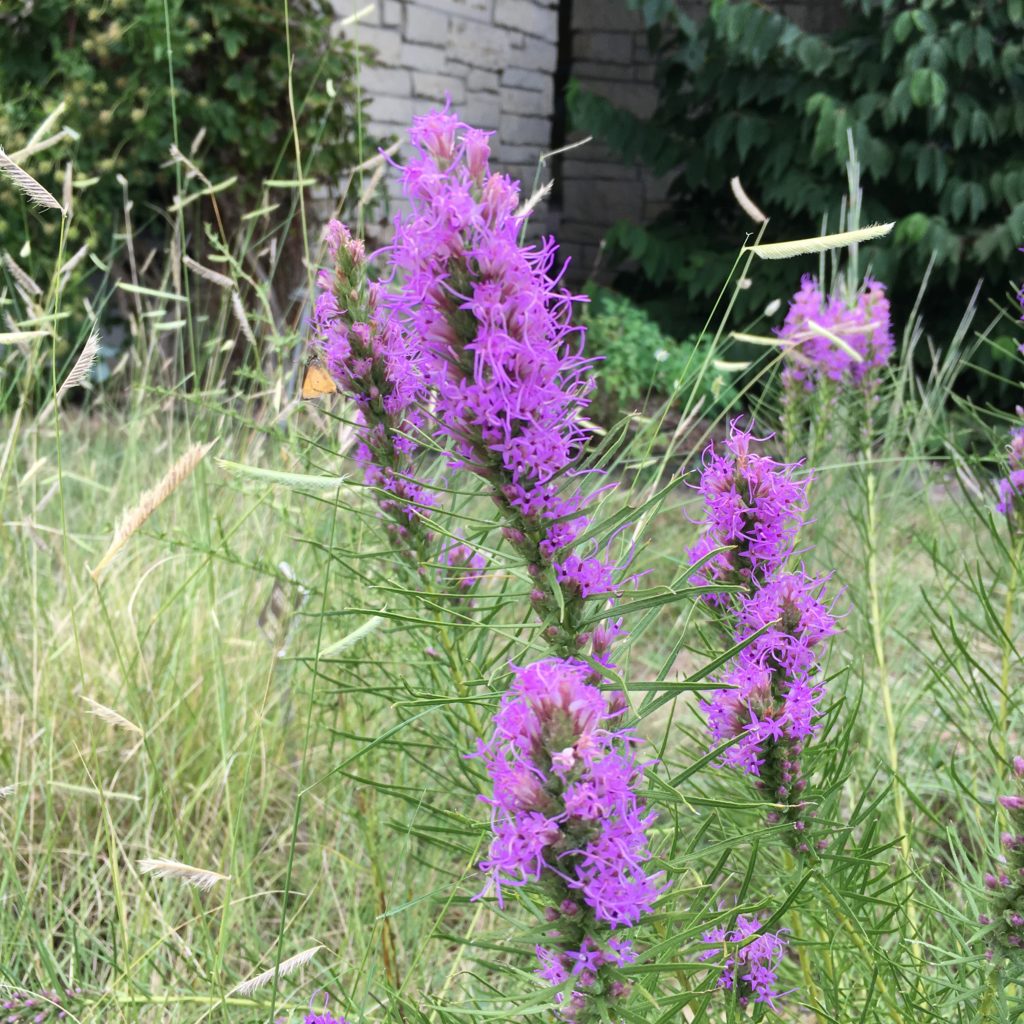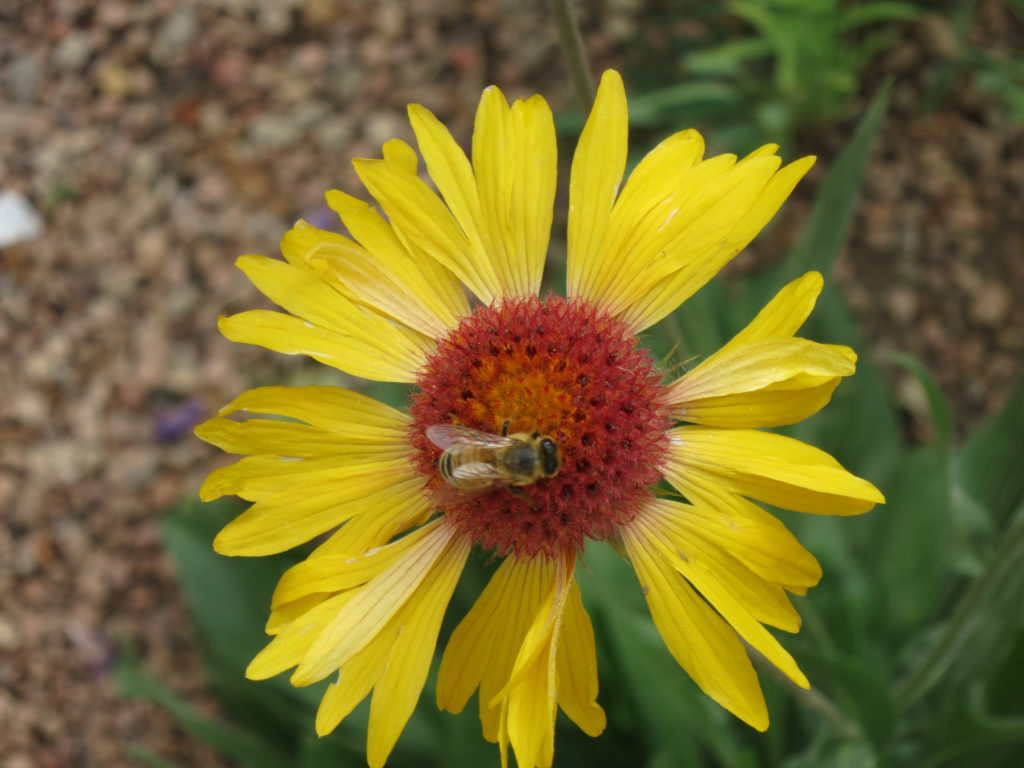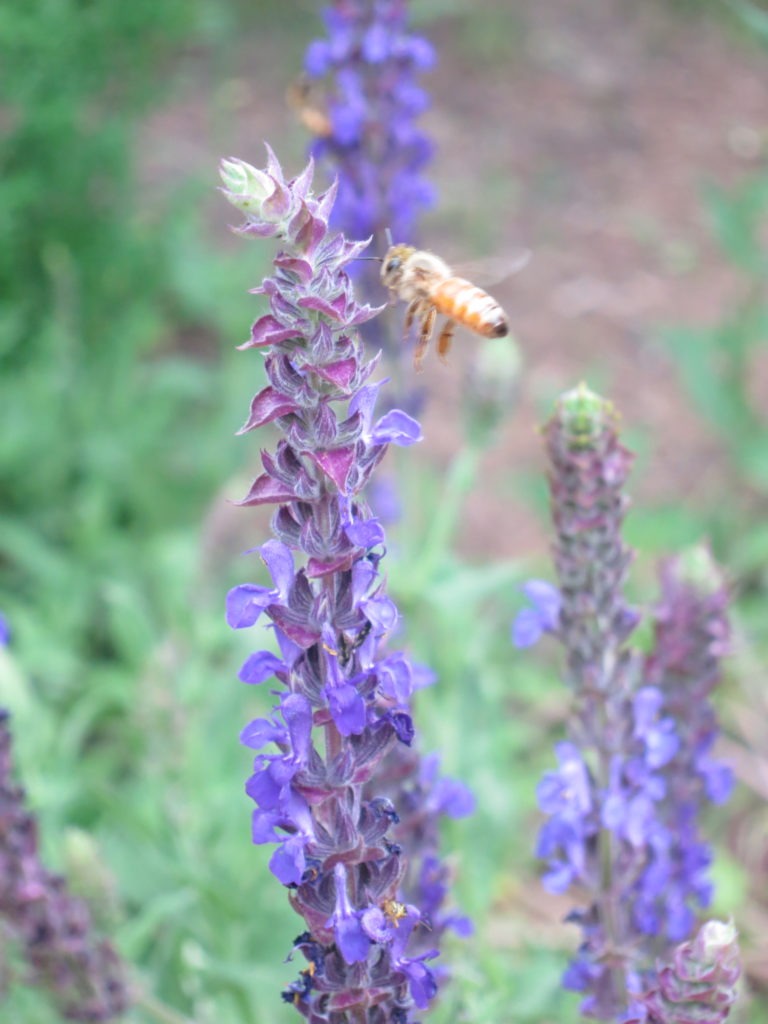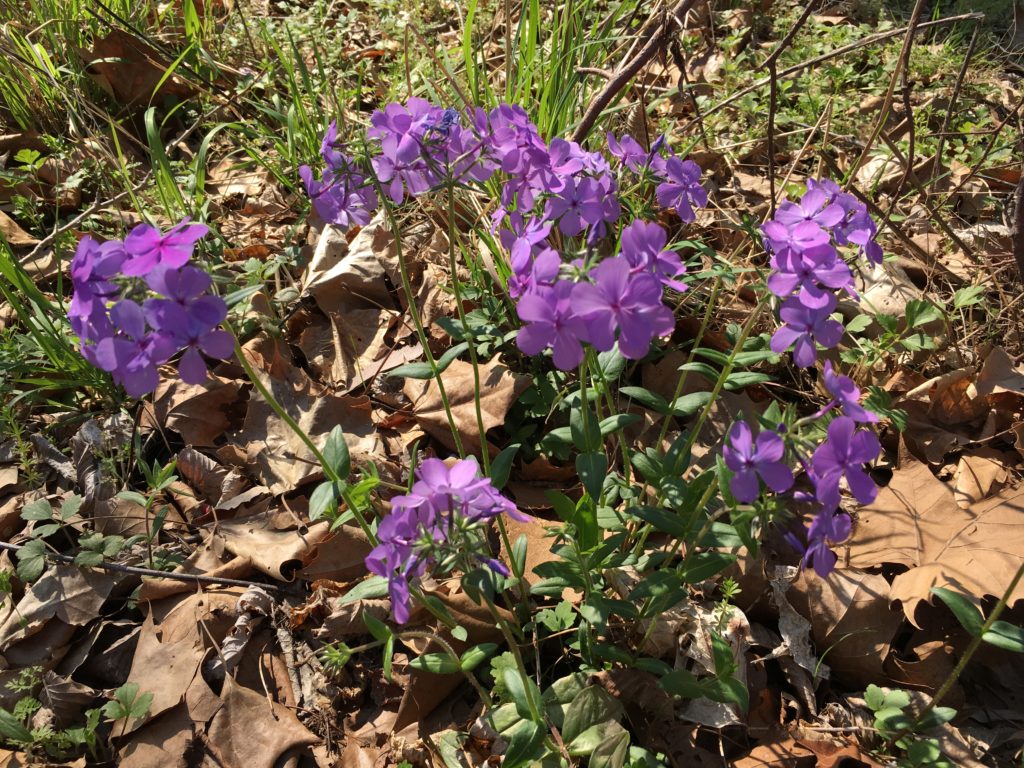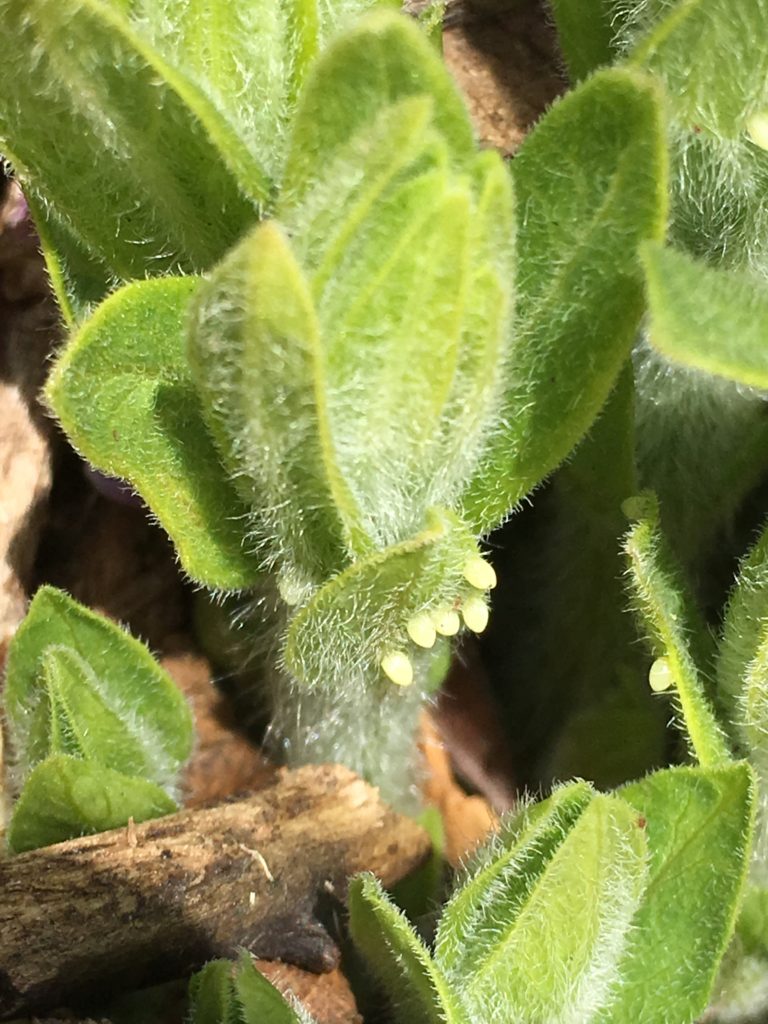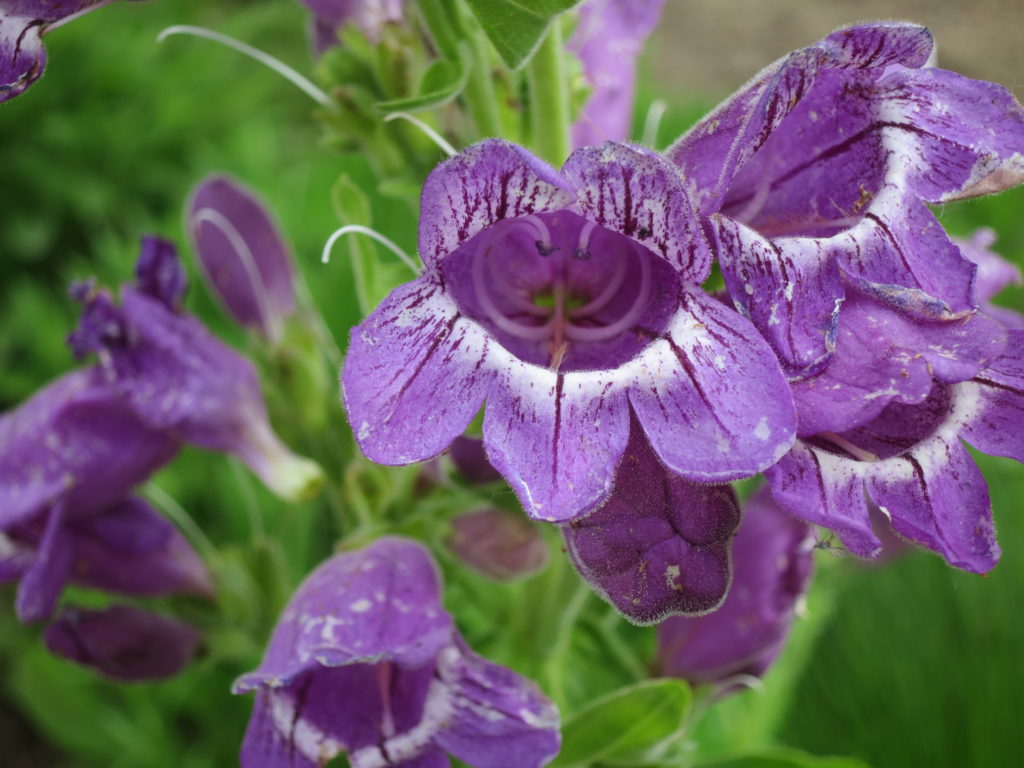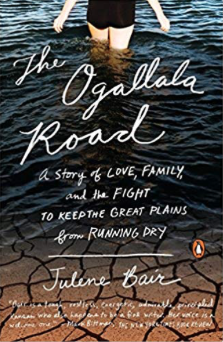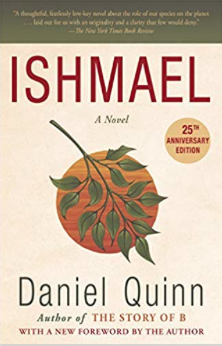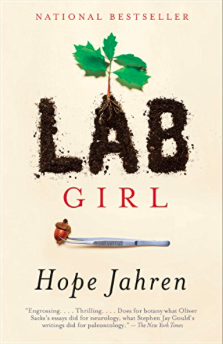Opportunities to conduct citizen science are all around us and doing so can add great value to our lives. You can refer to an earlier blog post (Get Rich and Happy with Phenology) to see how much I enjoy scientific pursuits in my spare time. These activities include various elements of plant conservation, and looking for/identifying butterflies and birds.
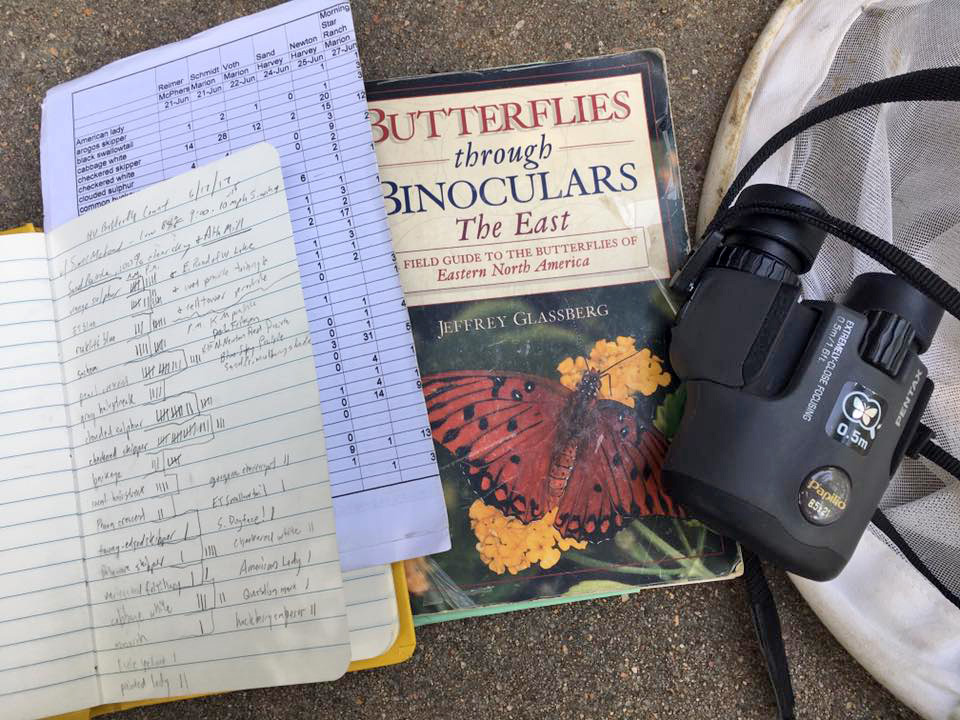
I discussed in this past post that phenology is the observance of cyclical and seasonal natural events. Citizen science is a method of observing and documenting phenology. The Oxford English Dictionary defines citizen science as “scientific work undertaken by members of the general public, often in collaboration with or under the direction of professional scientists and scientific institutions.”

Kansas is flush with great people and resources when it comes to conducting skillful citizen science. Nowhere is this more obvious to me than in the Kansas birding community. I know a number of committed folks who will spend entire weekends and even vacations focused on the pursuit of observing and identifying as many birds as possible. The especially skilled and driven birders identify more species in a day than most people will recognize in a lifetime. Some may consider these folks a bit wack-a-doodle-doo, but I consider them inspiring contributors to citizen science. I will strive to be more like them in my empty nest years (yes, pun intended), which are coming soon.
The drive for many birders to scientifically document nature around them then extends to the follow-up data sharing. This is where personal enjoyment in bird watching becomes important citizen science. And this is also where I get to the reference in my title for this blog about “plugging in”.
Electronic Reporting
With mobile devices making the Internet available almost anywhere and with ever more nature-based reporting platforms coming available, sharing findings about animals and plants has never been easier. Here are some online reporting options for you to check out:

A popular reporting platform is eBird, created by The Cornell Lab of Ornithology in 2002. Through this platform, birders can report their findings and track data according to their life lists, county/state/country lists, etc. Ornithologists world-wide are using eBird data to better understand population ranges, changes in this data related to climate change, and so much more.
Birds are probably the most abundantly reported subject when it comes to citizen science of the natural world. Other Cornell Lab popular platforms and outlets for collecting bird data close to home include Project FeederWatch, NestWatch, and Great Backyard Bird Count. Breeding Bird Surveys, and Christmas Bird Counts (see a previous blog on this topic HERE) offer birding outlets for more adventurous birding in the region where you live.
Butterfly Tracking
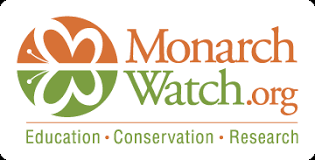
Butterfly tracking is also gaining popularity. A good platform for reporting findings about monarch butterflies is through Monarch Watch. With their trending decline over the last couple of decades, monarchs are a popular focus for butterfly monitoring. Through Monarch Watch, citizen science data inputs for the public can include host plant emergence in the spring, and larvae and adult monarch sightings. They even detail how to tag monarchs for further tracking. Developing habitat for monarchs and improving available native nectar sources is also good for all butterfly species.

Check out a recent edition of On T.R.A.C.K.S. (V25:1), a publication produced by the good folks at Kansas Department of Wildlife, Parks and Tourism for more ideas about citizen science reporting. This information-packed issue provided the topic idea for this post. Tt goes into much greater depth on many of the resources I refer to. This issue also highlights and further describes additional electronic platforms related to documenting biodiversity in general, plant flowering and seeding, climate change, precipitation, frogs, ladybugs, and even litter.
Our first lecture of our 2020 Winter Lecture Series with Chuck Otte will focus on Kansas Bird Populations and Distributions. Chuck is a fantastic resource, a great advocate for citizen science, and an interesting speaker. Put it in your calendar Tuesday, February 11 at 6:30 and come join us.
Happy Kansas Day! I can’t think of a better way to celebrate than to spend more time studying and reporting on the natural world of Kansas. Now, get out there, plug-in for citizen science, and have fun in the process!


